Miniature Dwarf Bamboo Plant | Sasa Pygmaea | Pleioblastus Pygmaeus plant
Original price was: ₹1,899.00.₹799.00Current price is: ₹799.00.
4 in stock
Plant size: Single plant | Pot Included | Free Shipping
Dwarf bamboo grass (Pleioblastus pygmaeus or Sasa pygmaea) appeals to gardeners with limited outdoor space since it possesses a similar look to full-sized bamboo but with a compact, 1-foot-tall growth habit. It can spread quickly within its perennial range across U.S. Department of Agriculture plant hardiness zones 5 through 11, so it is best to install a root barrier around the base to keep it from taking over your garden. Dwarf bamboo requires little care once it’s established in a sunny bed with fertile, draining soil. However, it looks best when watered regularly, fertilized yearly and pruned in autumn to control its shape and size.
-
Prepare the Planting Area
Plant dwarf bamboo in a sunny or partially shaded location within your garden. Amend the soil at the planting site with a 5-inch-thick layer of compost worked into the soil to a depth of 10 inches.
-
Install a Root Barrier
Dig a 24-inch-deep trench around the planting site using a trenching shovel. Install a 24-inch bamboo root barrier around all sides of the planting site. Insert the barrier upright into the trench and fill in around it on either side.
-
Plant Dwarf Bamboo in Pots
Plant your dwarf bamboo in pots if your garden space is limited or you are unable to install a root barrier. Dwarf bamboo is a running type and can be invasive,, according to Chadwick Arboretum. Fill the pots with an all purpose potting mix or a equal parts peat moss or coconut coir,, compost and coarse sand, pumice or perlite.
-
Transplant the Dwarf Bamboo
Dig planting holes twice as wide and at least as deep as the root ball. Insert the bamboo into the hole so it is at the same depth as it was in the growers pot. Backfill with the amended soil, tamp gently and water thoroughly.
-
Add Companion Plants
Plant dwarf bamboo with contrasting companion plants, such as elephant ear (Colocasia esculenta), hardy in USDA zones 8 through 11, or flame lily (Clivia miniata), which prefers USDA zones 9 through 11, according to the North Carolina Extension. Elephant ears grow 3 to 6 feet tall, and flame lilies up to 2 feet tall, so they make a nice backdrop for the miniature bamboo plant.
-
Water Bamboo Regularly
Water dwarf bamboo at least once a week to a depth of 3 inches during its first summer in the garden. Decrease summertime water to weekly, except in extreme heat or if planted in pots, according to Monrovia. Cease watering approximately six weeks before the first frost in autumn. Water during the winter only if no rain falls for longer than one month.
-
Fertilize in Spring
Fertilize dwarf bamboo in the spring before the tips of the plant produce new foliage. Apply general purpose, 10-10-10 fertilizer to the soil around the base of the plant. Water deeply to push the nutrients deep into the soil.
-
Cut Back in Fall
Shear back the top 6 inches of growth in autumn to promote a bushier, healthier appearance. Put on gloves and safety goggles and sterilize your cutting tools by dipping the blades in Lysol or rubbing alcohol. Cut just above the nearest set of leaves. Remove the top 6 inches of growth using sterilized bypass loppers or a sharp pruning saw.
-
Divide Every Three to Five Years
Divide dwarf bamboo plants every three to five years to maintain their health and attractive appearance. Break up the rhizomes into 6-inch portions and replant them 20 to 25 inches apart. Run the unwanted dwarf bamboo divisions through a chipper to break them up into small pieces, then discard them into a green waste can.
Only logged in customers who have purchased this product may leave a review.

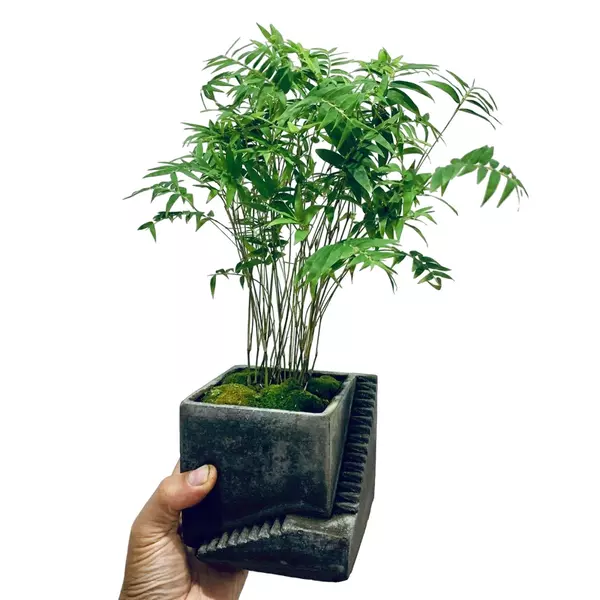
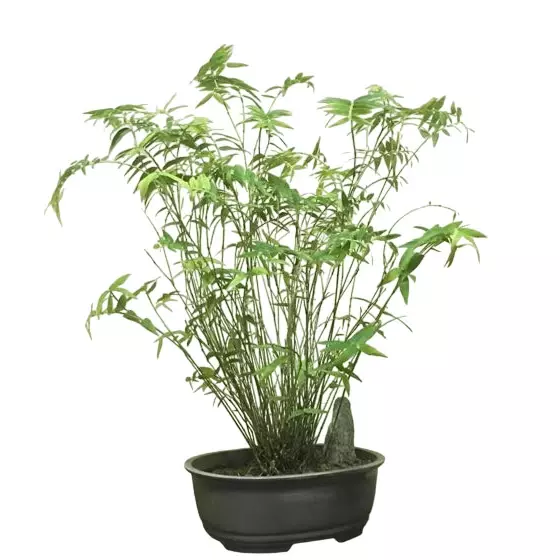

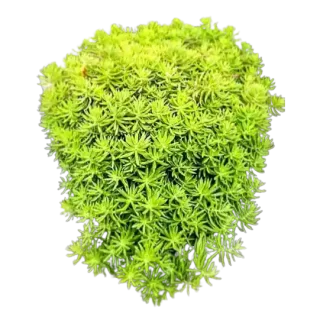
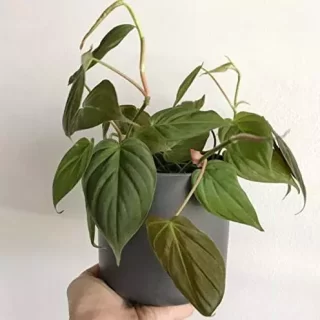
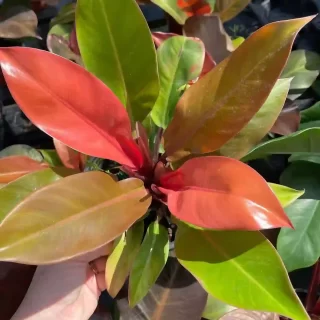

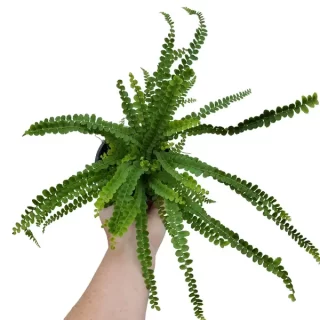
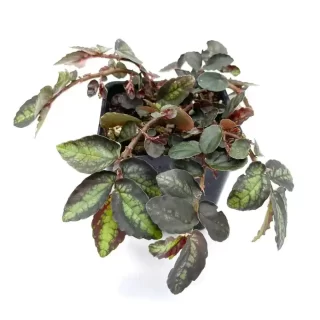
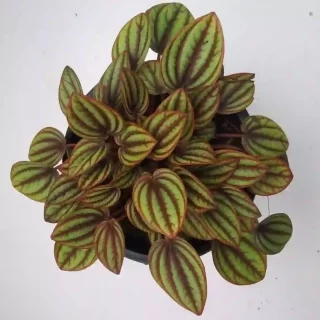
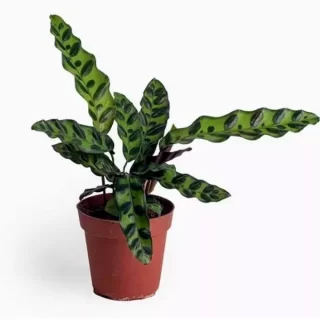
 If you need any assistance, I'm always here. Have you found what you were looking for?
If you need any assistance, I'm always here. Have you found what you were looking for?
Reviews
There are no reviews yet.